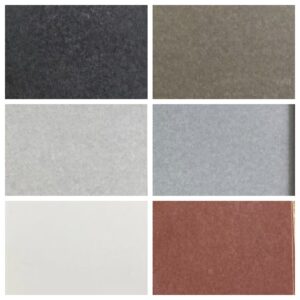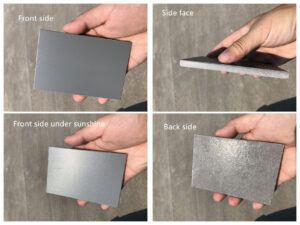The short answer is no. In fact, MgO Sulfate Board is considered one of the best high-performance building materials for coastal environments.

Unlike its predecessor (Magnesium Chloride board), the Sulfate version is chemically engineered to remain stable and non-reactive even when exposed to salt-laden, humid air.
Here is a detailed breakdown of why it performs so well in coastal areas:
- It is ...
DEC
2025

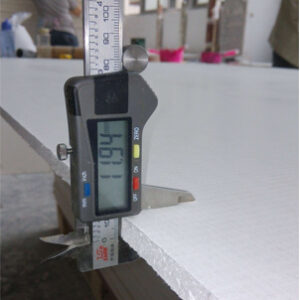
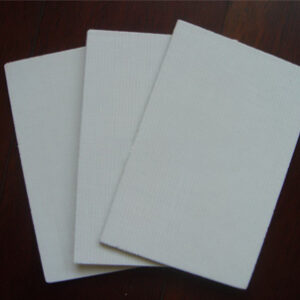

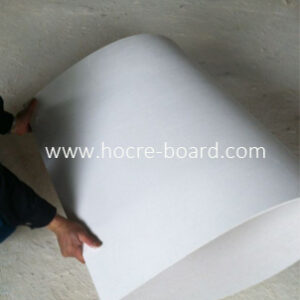
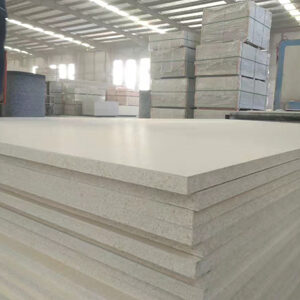
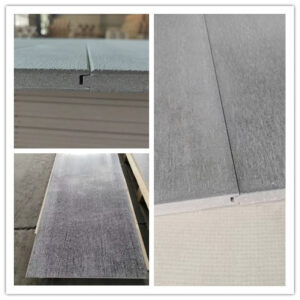
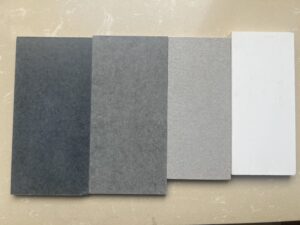 A
A